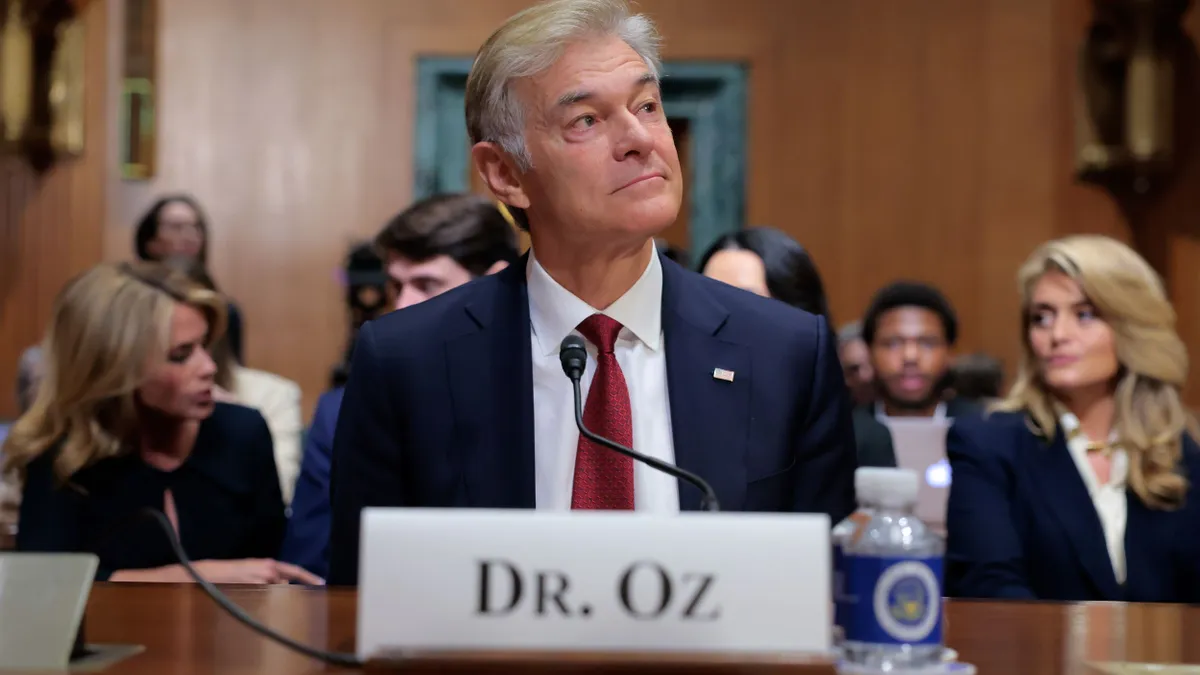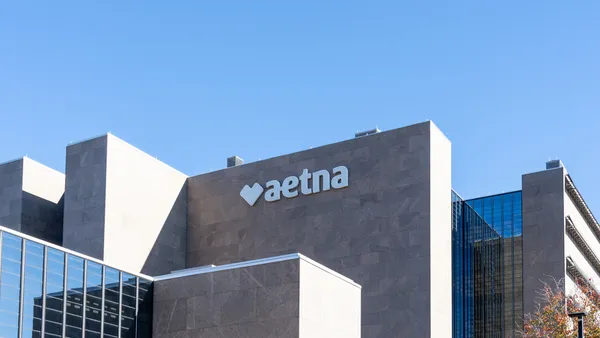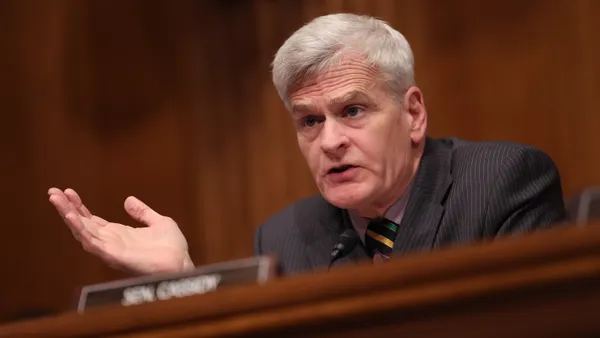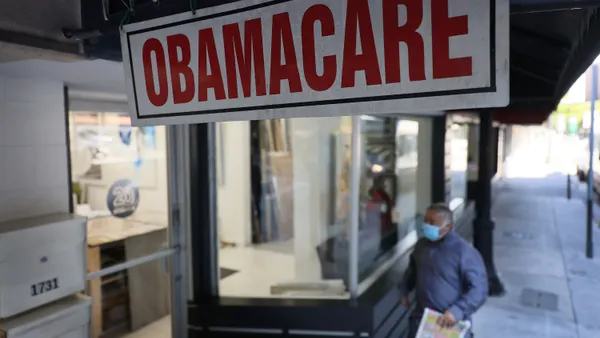Dive Brief:
- Insurers offering Affordable Care Act marketplace plans are proposing the largest premium increases since 2018 amid significant policy uncertainty, according to a preliminary analysis by KFF and the Peterson Center on Healthcare.
- Across more than 100 marketplace insurers in 20 markets, payers are requesting a median premium increase of 15% for 2026, according to the report published Friday. In comparison, average premiums for marketplace plans have held relatively steady or risen slightly since 2018.
- Insurers say potential policy changes — like expiring financial assistance for people buying coverage on the exchanges and cost hikes linked to tariffs — are contributing to premium hikes.
Dive Insight:
Insurers submit rate filings to state regulators each spring and summer to justify their premium changes for the following plan year.
Typically, medical costs are the biggest factor behind premium changes — but planning for 2026 also reflects significant policy changes on the horizon, according to KFF and Peterson.
The latest analysis, which includes 105 insurers in 19 states and Washington, D.C., found that most payers are requesting premium increases of 10% to 20% for 2026. Additionally, more than one-quarter are proposing premium hikes of 20% or more.
That’s a divergence from recent years. In 2025, the average benchmark premium was $497, increasing about 4% from $477 the previous year, according to KFF.
And so far, no insurers have proposed decreasing their premiums for 2026, while at least some have dropped rates in recent years.
Policy uncertainty is changing insurers’ premium calculus, according to the report.
For example, enhanced premium tax credits — first enacted in 2021 to increase subsidies and eligibility for financial assistance — are set to lapse at the end of 2025, absent intervention from Congress.
And if lawmakers don’t extend the tax credits, premiums would spike for many ACA enrollees, pushing some to leave the exchanges entirely. Insurers expect those beneficiaries would likely be healthier on average, leaving behind sicker and more expensive enrollees, according to the report.
Tariffs could also drive up the cost of drugs, medical equipment and other supplies, increasing costs for insurers. Some payers report the uncertainty surrounding tariff policy is driving rate increases about 3% higher than they would otherwise, according to the report.
Some insurers also submitted proposed premiums before President Donald Trump signed a massive tax law with significant healthcare implications in early July. The law is expected to result in nearly 12 million more uninsured people by 2034, due to policies like Medicaid work requirements and other eligibility checks.
Additionally, the CMS recently finalized a regulation that would shrink sign-up windows for ACA plans and increase eligibility verification. It’s unclear how insurers will respond to these policies, according to the analysis. Finalized rate changes for 2026 are expected to be published in late summer.















